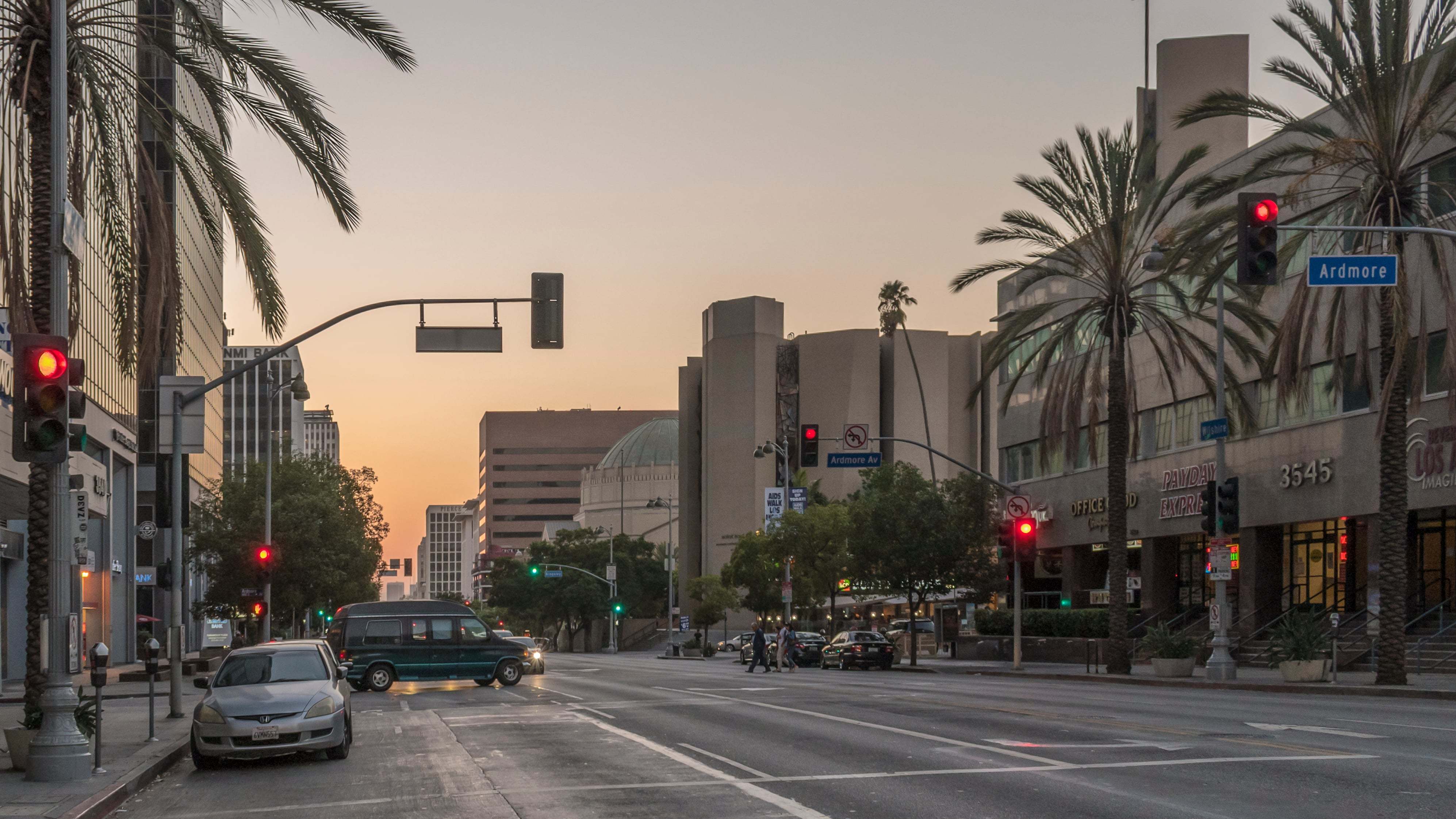Real Estate Statistics
| Average Price | $2.1M |
|---|---|
| Lowest Price | $2.3K |
| Highest Price | $28.5M |
| Total Listings | 135 |
| Avg. Days On Market | 97 |
| Avg. Price/SQFT | $603 |
Property Types (active listings)
Koreatown Homes for Sale
Koreatown History
Due to its centralized location and its proximity to Wilshire developments, the neighborhood now known as Koreatown was originally home to many of the recent immigrants, mid-level workers and lesser stars who found fame and fortune in Hollywood's beginning film industry during the 1910s and 20s.
Swelling with affluence during the roaring 20s, the neighborhood reached its peak during the 40s with the construction of the Ambassador Hotel and the Cocoanut Grove. Unfortunately, the Cocoanut Grove was destroyed in one of the most disastrous fires of the 20th century and the Ambassador Hotel, once home to presidents and dignitaries, lost most of its allure following the assassination of Robert Kennedy.
Seeing opportunity, Los Angeles's Korean population moved into the shops, businesses and apartments of Koreatown, revitalizing the community and opening the Korean Youth Center in the 1970s. A large number of immigrants, many of them having fled to the United States during the 50s to escape the Korean war, found their niche in the region and began to open shops. The neighborhood also saw the development of modern apartment complexes.
Unfortunately, Koreatown was again pushed into decay and disrepair following the 1992 Los Angeles riots, which saw rampant looting and violence in the area. Refusing to give up, the residents of Koreatown reached out to friendly business contacts in Seoul and Tokyo, inviting them to take advantage of the many open lots created by the riots. Korean and Japanese businesses leapt at the opportunity, and by 2000 Koreatown was home to some of the most advanced and abundant construction projects in Los Angeles.
Koreatown Today
To alleviate congestion and promote construction, the city's train network was extended throughout the neighborhood, and Koreatown is now considered one of the best neighborhoods in Los Angeles in terms of public transportation and ease of movement without a car. It is also home to most of the newest and most modern office buildings, attracting attention and investment both domestically and abroad. The rapid availability of affordable apartments and public transportation makes it a popular home for LA's college community, as well as a stepping off point for affluent immigrants.
For more information about Koreatown Real Estate, please contact our office at 323 412-9060(Los Angeles).
Let us know what we can do to help you buy or sell your next piece of Real Estate in Koreatown CA
Browse Our Top Los Angeles Communities

Start searching for your dream home now.
When it comes to convenience, our site is unparalleled. Whether you're in the comfort of your home, or on the go.
Our site works flawlessly on multiple devices so you can find the information you need.































